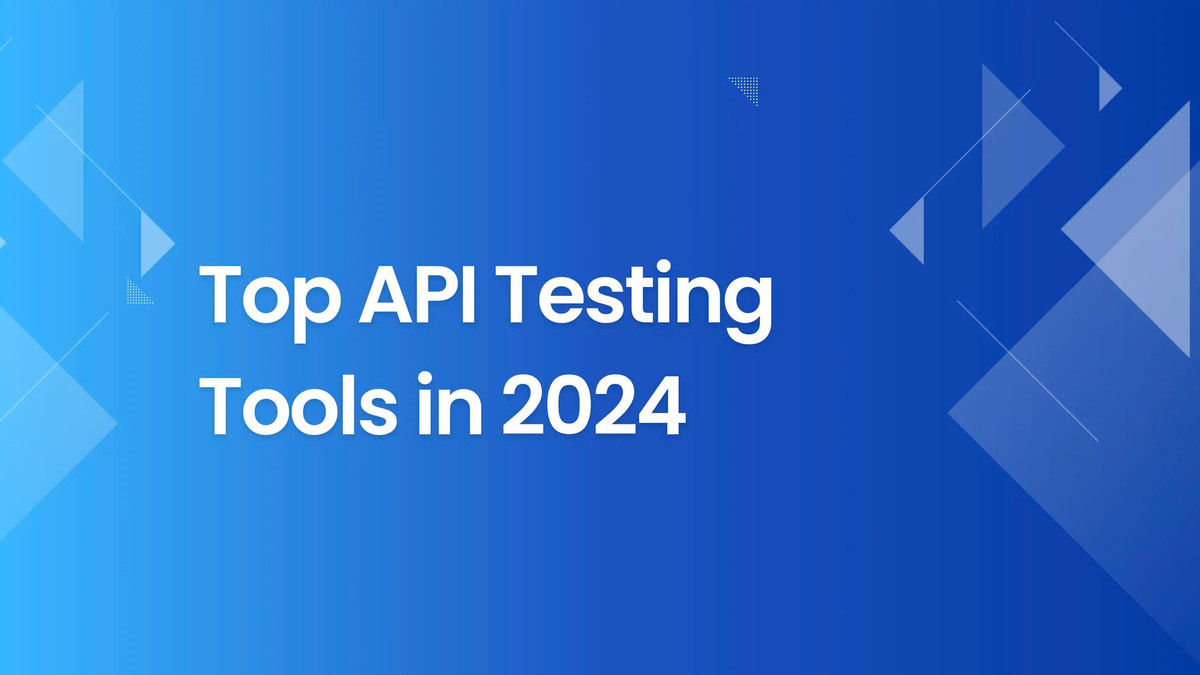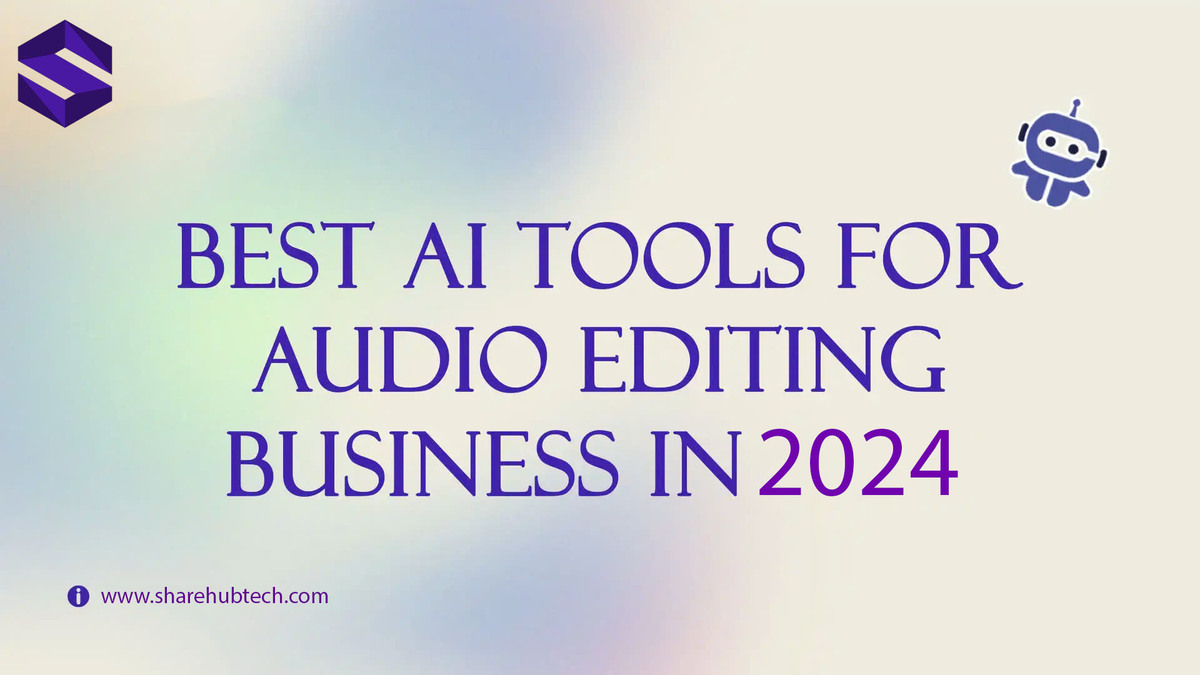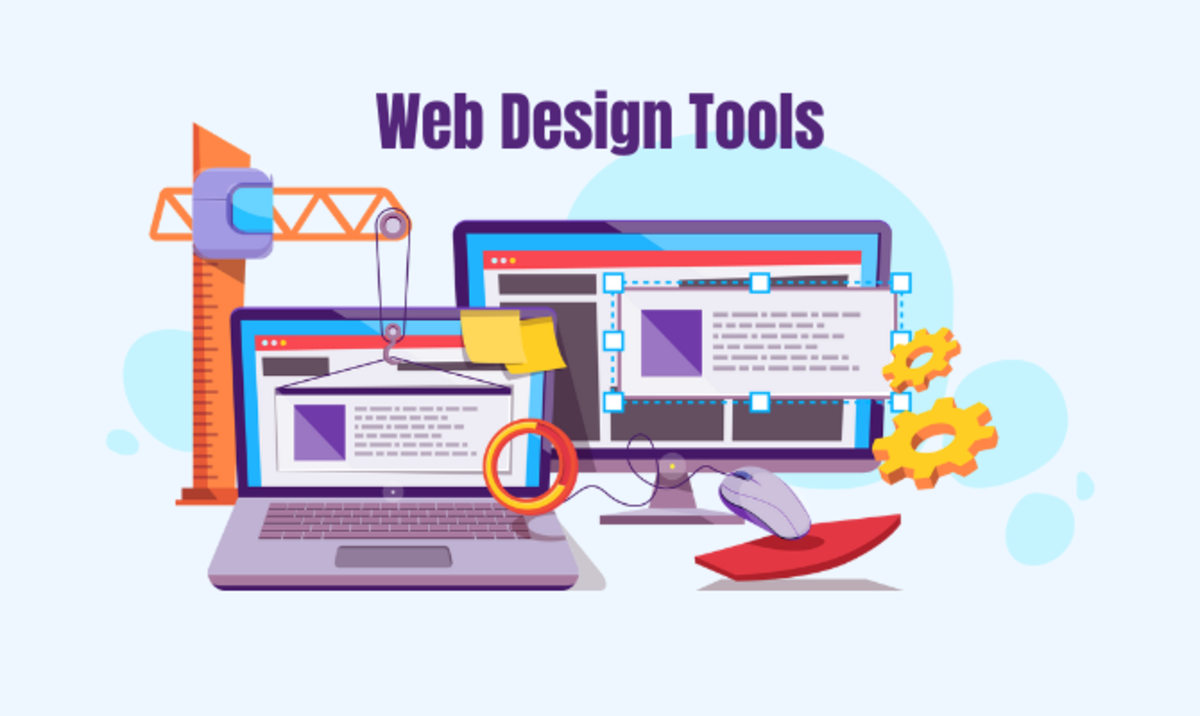In the digital age, the consumption of audio content has surged dramatically. From podcasts to audiobooks and voice notes, audio serves as a prominent medium for sharing information, storytelling, and entertainment. However, the demand for creating high-quality audio content can be daunting. The need to edit, transcribe, and convert audio into text has risen significantly, leading to the development of advanced AI tools. In this blog post, we will explore the best AI tools available for audio editing, speech-to-text conversion, and voice note management, shedding light on their features, benefits, and applications.
I. Introduction
Audio content is becoming increasingly essential in our fast-paced world. It offers convenience and flexibility, allowing individuals to consume information while multitasking. As audio formats gain popularity, creators face growing challenges in editing and converting these files into usable formats. Manual processing can be time-consuming and error-prone, thus diminishing the quality of the output. Herein lies the value of AI tools that automate and enhance audio editing processes. This article aims to introduce you to the top AI tools for audio editing—focusing on their capabilities in speech-to-text conversion, voice recognition, and effective audio management.
The Importance of Audio Content in the Digital Age
 As we delve into the realm of audio content, it’s crucial to understand its growing significance.
As we delve into the realm of audio content, it’s crucial to understand its growing significance.
The Popularity of Podcasts, Audiobooks, Video, Voice Notes
Podcasts have transformed the way we consume information. With millions of podcasts available across various platforms, they cater to diverse audiences and interests. Similarly, audiobooks offer an alternative to traditional reading and provide insights into literary works in an engaging manner.
Video content is another critical aspect; users often prefer listening to video subtitles rather than reading them. Voice notes are also prevalent, especially in professional settings where quick communication is paramount. The rise of these audio formats highlights how important it is for creators to produce high-quality audio content.
The Increasing Demand for Processing and Converting Audio Content
The abundance of audio content has led to significant demands for processing. Creators need efficient ways to edit, manipulate, and convert raw audio into polished pieces. This includes removing background noise, adding sound effects, merging clips, and organizing voice notes—all tasks that require time and expertise.
Moreover, with the expanding global audience, content needs to reach non-native speakers. Thus, there’s an increasing need for converting spoken language into accurate text, making it accessible to a broader audience.
Challenges in Manual Audio Editing, Note-Taking, and Conversion
While manual editing allows for personalized touches, it comes with several challenges. The process can be tedious and labor-intensive, consuming valuable time that could be spent on creative endeavors. Additionally, human error can lead to inaccuracies in transcription and editing, further complicating the workflow.
Another challenge lies in managing multiple audio files or voice notes. Keeping them organized and searchable can become overwhelming, especially when dealing with large volumes of content from interviews or meetings.
II. AI Tools - The Optimal Solution for Audio Processing
 AI technology offers innovative solutions to address the challenges faced by audio content creators.
AI technology offers innovative solutions to address the challenges faced by audio content creators.
Automating and Enhancing Sound-Related Tasks
AI tools revolutionize the way we approach audio editing and processing. Through advanced algorithms, these tools can automatically analyze and edit audio files, enhancing their quality and reducing the time required for manual editing.
For instance, AI-powered editing software can detect silence, remove background noise, and even adjust the volume levels. These automated processes ensure a more seamless workflow, allowing creators to focus on their core message rather than getting bogged down by technicalities.
Accurate Speech-to-Text Conversion and Professional Audio Editing
One of the most exciting advancements in AI for audio is the accuracy of speech-to-text conversion. Modern AI tools can transcribe spoken words into text with impressive precision, accommodating various accents and dialects. Furthermore, these tools can enrich the transcript by auto-punctuating, formatting, and providing context.
Professional audio editing has also been elevated by AI technologies. Features such as smart noise reduction, equalization, and sound enhancement can significantly improve audio quality, making it suitable for platforms like podcasts and audiobooks.
Saving Time and Effort While Elevating Audio Quality
By utilizing AI tools, creators can reclaim hours spent on editing and transcription, channeling their energy toward developing exceptional content. The speed at which these tools operate often results in improved quality as well.
AI takes care of intricate details, allowing users to deliver polished audio experiences without sacrificing creativity or depth. The integration of AI in audio processing not only increases productivity but also raises the overall standard of audio content.
III. Key Features of AI Audio Editing & Speech To Text Tools
When evaluating different AI tools, it’s important to consider the key features that contribute to their effectiveness.
Speech-to-Text Transformation
AI technology has made remarkable strides in the realm of speech-to-text conversion. Here are some notable elements:
Advanced Voice Recognition Technology with High Accuracy
Today’s AI tools utilize cutting-edge voice recognition technology to provide high-accuracy transcription. Unlike older systems, modern AI incorporates machine learning and deep learning models that continuously improve over time by analyzing vast amounts of data.
This advancement means that users can rely on these tools for accurately capturing dialogue, even in noisy environments or with various linguistic nuances.
Support for Multiple Languages and Dialects
Globalization has ushered in a new wave of multilingual communication. Many AI transcription tools now support various languages and regional accents, making them indispensable for international projects and audiences.
This capability opens avenues for businesses, educators, and content creators seeking to expand their reach and engage with diverse communities.
Real-time Conversion or Pre-recorded Audio File Processing
AI tools can either convert speech in real-time or process pre-recorded audio files, depending on user needs. For live events, real-time transcription can be invaluable for accessibility and documentation purposes. Conversely, pre-recorded files can be batch processed, which is ideal for podcast episodes or lectures.
Automatic Punctuation and Formatting
Gone are the days of manually adding punctuation to transcripts! Advanced AI tools automatically insert punctuation marks and format text, ensuring readability and coherence. This feature saves time while enhancing the legibility of the final document.
Audio Editing Capabilities
Beyond transcription, AI tools excel in audio editing, encompassing various functions:
Easy Cutting, Merging, and Editing of Audio Files
With intuitive interfaces, users can cut, merge, and edit audio tracks effortlessly. This simplicity makes it easy for both seasoned professionals and novices to create high-quality audio content without extensive training.
Removing Noise, Adjusting Volume, and Enriching Quality
Background noise can detract from the overall quality of audio files. AI tools use sophisticated algorithms to identify and eliminate unwanted sounds, ensuring clearer recordings. Additionally, these tools can adjust volume levels automatically, balancing input fluctuations for a consistent experience.
Adding Sound Effects and Background Music
Enhancing an audio file with sound effects or background music can elevate its engagement level. AI audio editing tools often come equipped with libraries of royalty-free sounds and music tracks, making it convenient for creators to enrich their work without complicating copyright issues.
Voice Note Management
Voice notes serve a practical purpose, particularly in professional settings where recording discussions is common. AI tools help manage and organize these notes effectively.
Automatic Recording and Transcribing of Voice Notes
The ability to record voice notes and automatically transcribe them saves time and ensures accuracy in capturing spoken information. Users can focus on the discussion instead of worrying about manual note-taking.
Efficient Organization and Management of Notes
AI tools often include organizational features that categorize and archive voice notes for easy retrieval later. Tagging, searching, and sharing functionalities make it simple to locate specific information within a collection of recordings.
Searching, Tagging, and Sharing Notes Easily
Advanced search capabilities allow users to find specific keywords within voice note archives swiftly. Tagging helps organize content according to themes or projects, streamlining collaboration among team members.
Additional Advanced Features
AI tools may also offer unique functionalities that extend beyond basic audio editing and transcription:
Audio Translation
Some AI tools incorporate translation features that enable users to convert spoken language into other languages while maintaining the original meaning. This capability is particularly useful for businesses looking to reach broader audiences.
Summarizing Audio Content
Summarization features can distill lengthy discussions or presentations into concise overviews. This function proves beneficial for users who need to grasp essential points without wading through entire recordings.
Emotion and Voice Analysis
Incorporating emotion detection into audio analysis provides deeper insights into tone and sentiment. Such features can be advantageous for understanding audience reactions or improving public speaking skills.
Integration with Other Applications
Interconnectivity is vital in today’s digital landscape. Many AI audio tools can integrate seamlessly with other software applications, enhancing workflow efficiency and enabling smoother project management.
IV. Benefits of Using AI Tools
Harnessing AI tools for audio editing and management brings forth multiple advantages:
Time and Effort Savings
Automation significantly reduces the time involved in audio editing, transcription, and voice note management. By eliminating repetitive manual tasks, users gain efficiency, allowing for increased focus on creativity and innovation.
Additionally, fast turnaround times in processing audio files can enhance overall productivity, enabling creators to meet tight deadlines and stay ahead of the competition.
Enhanced Quality of Audio Content
Quality can make or break an audio piece. With AI-driven editing tools, users enjoy professional-grade outputs that are polished and engaging.
Whether it’s producing a podcast, audiobook, or corporate presentation, AI tools ensure that the final product meets industry standards, thereby elevating the creator's reputation.
Versatile Applications
AI tools cater to a wide array of applications, including:
- Conducting interviews, workshops, and meetings
- Generating subtitles for video and podcast content
- Facilitating rapid note-taking for studying and research
- Assisting those with hearing impairments or difficulties in reading and writing
This versatility allows for numerous creative possibilities, making AI tools essential in various fields.
V. Top Outstanding AI Tools
Now that we have covered the benefits of using AI tools, let’s take a closer look at some standout options available on the market.
| No. | AI Tool Name | Main Features |
| 1 | Altered |
AI voice editing and effect addition. |
| 2 | AudioNotes |
Automatic summary and note generation from audio content. |
| 3 | Castmagic |
Transforms podcast content into blogs, short clips, and social media posts. |
| 4 | ElevenLabs |
Realistic AI voice creation and editing. |
| 5 | FineVoice |
Voice quality enhancement and noise removal. |
| 6 | Krisp |
Background noise elimination during calls and recordings. |
| 7 | Podcastle |
Diverse recording and editing features for podcasts. |
| 8 | Speakai |
Text-to-speech conversion with multiple languages and voices. |
| 9 | Swell AI |
Summarization and highlighting from meetings and interviews. |
| 10 | Ssemble |
Custom AI voice creation tailored to branding. |
1. Altered
Notable Feature: AI Voice Editing and Effect Addition
Altered specializes in advanced voice editing, allowing creators to modify voice characteristics, add effects, and craft unique audio experiences.
Main Application: Music Production, Podcasting, and Creative Videos
This tool is particularly appealing to musicians, podcasters, and video creators who seek to enhance their audio with innovative touch-ups.
2. AudioNotes
Notable Feature: Automatic Summary and Note Generation from Audio Content
AudioNotes stands out due to its automatic summarization abilities, transforming lengthy audio into clear, concise notes.
Main Application: Learning, Research, and Remembering Information from Meetings and Interviews
This makes it an excellent resource for students and professionals alike—ideal for parsing complex discussions quickly.
3. Castmagic
Notable Feature: Transforming Podcast Content into Blogs, Short Clips, and Social Media Posts
Castmagic enables podcasters to repurpose their audio content efficiently, broadening their audience reach.
Main Application: Reusing Podcast Content for Wider Engagement
It maximizes the value of existing content while tapping into various media formats to engage listeners across platforms.
4. ElevenLabs
Notable Feature: Realistic AI Voice Creation and Editing
ElevenLabs excels in generating human-like voiceovers, complete with modulation and expressiveness.
Main Application: Professional Content Production, Film, and Gaming
This tool appeals to industries requiring high-quality audio, such as film production and video game development.
5. FineVoice
Notable Feature: Voice Quality Enhancement and Noise Removal
FineVoice focuses on perfecting audio quality, ensuring clarity and professionalism in recorded material.
Main Application: Podcasting, Audiobooks, and Presentations
This tool is favored by podcasters and presenters looking to deliver crisp audio experiences free from distractions.
6. Krisp
Notable Feature: Background Noise Elimination during Calls and Recordings
Krisp is designed to filter out distracting background noise during virtual communications.
Main Application: Online Meetings, Podcasts, and High-Quality Recordings
Its utility extends to anyone needing clear audio in real-time conversations and recordings.
7. Podcastle
Notable Feature: Diverse Recording and Editing Features for Podcasts
Podcastle presents a comprehensive suite for creating and refining podcast content.
Main Application: Crafting and Producing Professional-Level Podcasts
Its robust functionalities streamline the podcast creation process, from recording to publication.
8. Speakai
Notable Feature: Text-to-Speech Conversion Supporting Multiple Languages and Voices
Speakai offers excellent text-to-speech capabilities, catering to various languages and accent preferences.
Main Application: Creating Audio Content, Audiobooks, and Narration
This makes it a go-to tool for writers wishing to transform their texts into audible formats.
9. Swell AI
Notable Feature: Summarization and Highlighting from Meetings and Interviews
Swell AI facilitates quick reviews of long conversations, identifying key points efficiently.
Main Application: Saving Time in Reviewing Lengthy Content and Capturing Important Insights
Its time-saving properties are beneficial for professionals who need to digest information rapidly.
10. Ssemble
Notable Feature: Custom AI Voice Creation Tailored to Branding
Ssemble allows businesses to develop custom AI voices that resonate with their brand identity.
Main Application: Advertising, Product Demo Videos, and Interactive Customer Experiences
This personalization enhances marketing efforts and customer interactions, creating memorable experiences.
VI. Comparing and Choosing the Right Tool
Finding the right AI tool involves comparing them based on several criteria.
Comparison Based on Key Criteria
When evaluating AI tools, consider factors such as:
- Core Features: Identify whether the tool focuses on audio editing, transcription, voice note management, or all three.
- Output Quality: Look for tools known for producing clear, accurate audio and text outputs.
- User-Friendliness: Assess how easy the software is to navigate and utilize for its intended purpose.
- Pricing: Compare subscription models and one-time payment options to find a solution that fits your budget.
- Language Support and Voice Options: Ensure the tool supports the languages and accents important for your target audience.
Recommendations Based on Specific Needs
To facilitate your decision-making, here are tailored recommendations:
- Professional Voice Editing: Consider Altered, ElevenLabs, or FineVoice for high-quality audio manipulation.
- Generating Audio from Text: Opt for Speakai or Podcastle to convert written content into engaging audio formats.
- Summarizing and Notetaking: AudioNotes and Swell AI shine in creating concise summaries from audio content.
- Noise Reduction: If eliminating background noise is your primary concern, Krisp should be your top choice.
- Brand Voice Creation: Choose Ssemble to establish a distinctive voice that aligns with your brand narrative.
- Repurposing Podcast Content: Castmagic provides great features for maximizing existing podcast material.
VII. Conclusion
Embracing AI tools for audio editing has become essential in today's content-driven landscape. The benefits of these tools—time savings, enhanced quality, and versatile applications—underscore their importance for creators and professionals alike.
As you explore the various offerings in the market, take the time to assess your specific needs and choose a tool that aligns with your goals. With AI technology continually advancing, leveraging these innovative solutions will undoubtedly elevate the quality and efficiency of your audio content, allowing you to focus on what truly matters: telling your story and connecting with your audience.











